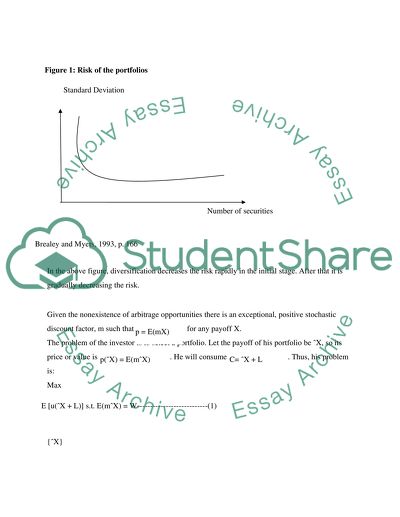Cite this document
(International Financial Markets: Fundamentals of Portfolio Theory Assignment, n.d.)
International Financial Markets: Fundamentals of Portfolio Theory Assignment. Retrieved from https://studentshare.org/finance-accounting/1559739-international-financil-markts
International Financial Markets: Fundamentals of Portfolio Theory Assignment. Retrieved from https://studentshare.org/finance-accounting/1559739-international-financil-markts
(International Financial Markets: Fundamentals of Portfolio Theory Assignment)
International Financial Markets: Fundamentals of Portfolio Theory Assignment. https://studentshare.org/finance-accounting/1559739-international-financil-markts.
International Financial Markets: Fundamentals of Portfolio Theory Assignment. https://studentshare.org/finance-accounting/1559739-international-financil-markts.
“International Financial Markets: Fundamentals of Portfolio Theory Assignment”. https://studentshare.org/finance-accounting/1559739-international-financil-markts.


